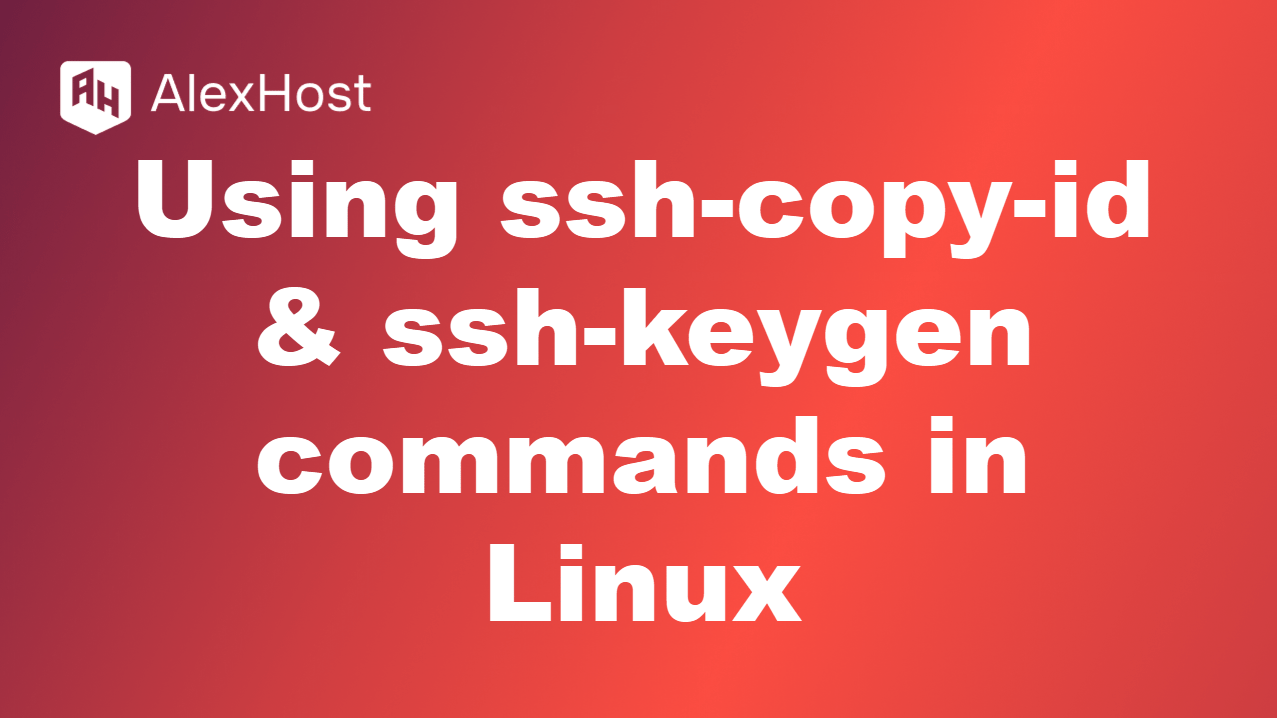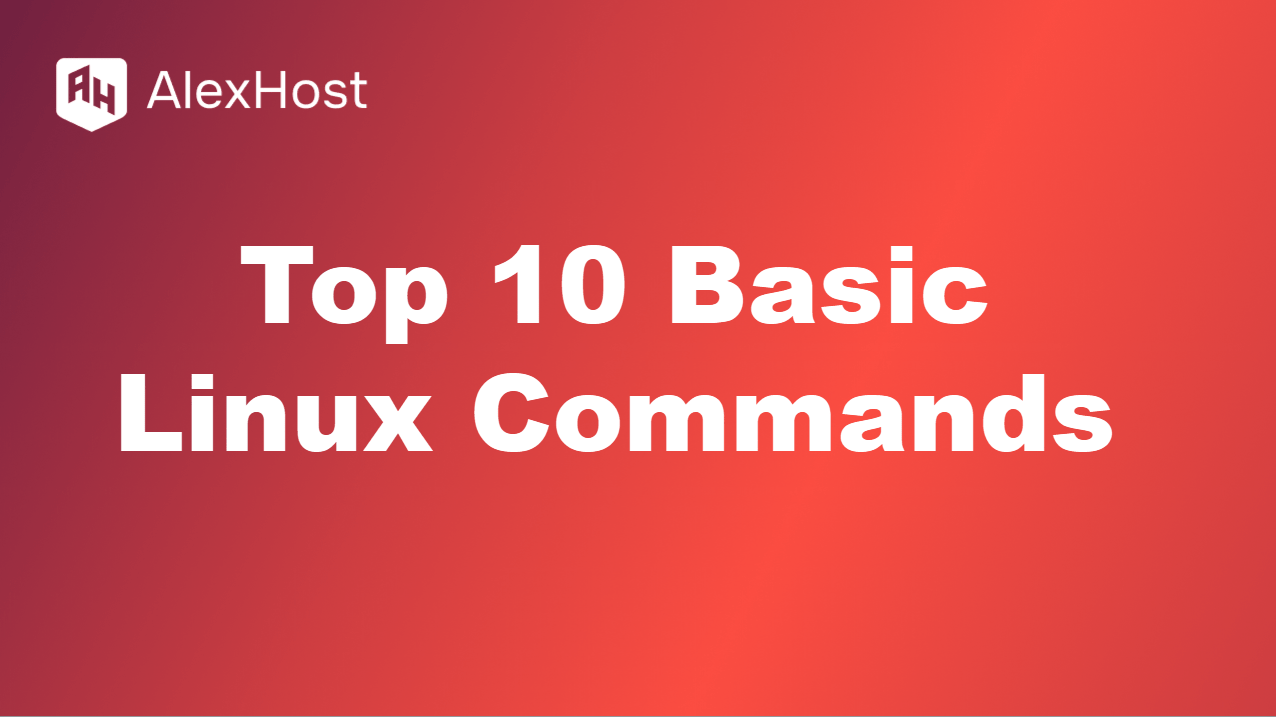When working with a Linux server, you may need to start using bash. Bash (Bourne Again Shell) is one of the most popular and powerful command line interpreters in the world of Linux and Unix-like operating systems. Perhaps the main advantage is that it provides users with a wide range of commands and tools for […]
When working with a server, quite often the need arises to configure the correct operation of the HTTP protocol. Undoubtedly, both experienced administrators and newbies may experience difficulties. Speaking specifically about the 401 (Unauthorized) error, this is one of the most common HTTP responses, which indicates that the requested resource requires authentication. In this article, […]
Security, security, security… We’ve already touched on two factor authentication and how to protect your credentials. An important aspect of security is not only coming up with a strong password, but also knowing how to properly store it and protect it from hacking. You need to properly understand where and how passwords are stored in […]
Secure Shell (SSH) is a widely used protocol for secure communication over an insecure network. This application layer protocol is extremely popular and allows users to remotely manage the operating system. SSH key pairs provide a secure and convenient way to authenticate and log into remote servers without using passwords. Two important commands for managing […]
The pushd and popd commands are specialized tools that allow users to efficiently manage the directory stack on Linux and other Unix-like operating systems. Despite their great utility and power, these commands are often underutilized and not as well-known as other directory navigation commands. The pushd command allows the user to change the current working […]
Navigate and Manage Files Like a Pro on AlexHost Linux VPS Why master Linux CLI navigation? Command-line tools like cat, less, and tail are your superpowers for managing files on a Linux VPS hosted by AlexHost. With full root access and blazing-fast SSDs, AlexHost provides the perfect environment to zip through files, monitor logs, or […]
Nginx is a high-performance open source web server. It is a very popular software designed to process HTTP requests from clients (e.g. web browsers) and provide them with web pages and other content. Installing Nginx is very simple and is based on just one command. Enter the following command to easily install this web server: […]
Linux is renowned for its versatility and power, making it one of the most popular and widely adopted operating systems among developers, system administrators, and power users across the globe. Its open-source nature and strong community support have contributed to its continuous evolution and improvement, positioning it as a reliable choice for everything from personal […]
AlexHost proudly offers a diverse array of services catering to the varied needs of its clientele. From virtual and dedicated servers to shared hosting, LiteSpeed, VPN, security certificates (SSL), and more, the product portfolio is extensive. In this article, we delve into a comparative analysis of two seemingly similar services: shared hosting and LiteSpeed hosting. […]
With its robustness and versatility, Linux offers a wide range of commands that enable users to efficiently manage files and directories. Among these commands, the mv command stands out as a fundamental tool in the Linux command-line ecosystem. Despite its seemingly simple nature, the mv command goes beyond mere file relocation, providing users with a […]

















